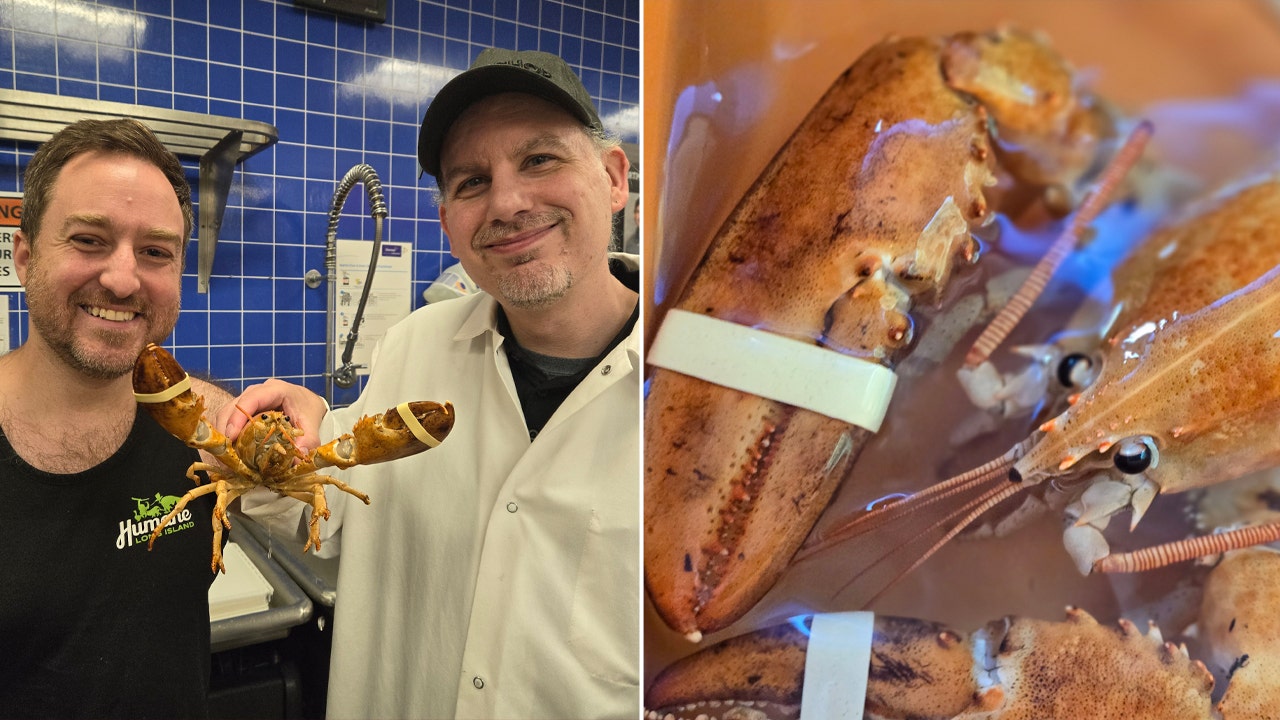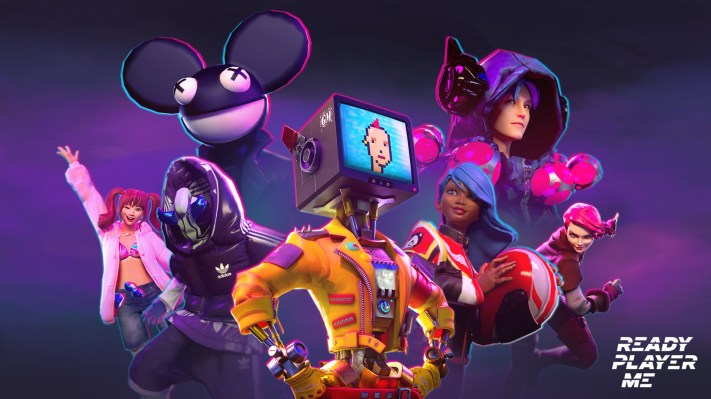
Boeing’s Starliner capsule won’t shuttle astronauts home from space this year
NASA
It’s official: Butch Wilmore and Sunita Williams are staying on the International Space Station (ISS) until at least February. This is a major setback for Boeing’s Starliner, the capsule that brought them there, but it doesn’t spell doom for the US space programme. Instead, it highlights the success of the move from governments providing the only rockets to space to the proliferation of commercial spaceflight options.
This is exactly the contingency NASA’s Commercial Crew Program, which uses spacecraft built by private companies to ferry astronauts to and from the ISS, was planned to handle. “Commercial Crew purposefully chose two providers for redundancy in case of exactly this kind of situation,” says Laura Forczyk, an independent consultant in the space industry. The two NASA astronauts were initially supposed to return to Earth about a week after they arrived at the ISS aboard Boeing’s Starliner capsule on 5 June. But due to problems with the spacecraft, they will now stay for an extended mission before coming home on a SpaceX Crew Dragon craft instead of Starliner.
“If they had only selected one provider, it would have been Boeing, because SpaceX was the risky prospect at the time,” says Forczyk. “So in a way, this is a triumph of the Commercial Crew Program.”
This mission was Starliner’s first crewed test flight, and it was rocky from the start. Leaky valves and thruster failures during the journey into space forced NASA and Boeing to reconsider whether the craft would be safe to shuttle the astronauts home. They ran tests of the thrusters on the ground, and the results were inconclusive – there was still some risk of the thrusters failing on the way home.
The safest backup plan is for the astronauts to stay on the ISS until SpaceX’s tried-and-true Crew Dragon capsule has room to bring them home in early 2025. In the meantime, Starliner will autonomously undock from the ISS in September and return to Earth without crew, and Boeing engineers will continue troubleshooting.
“This was a test mission, but sometimes in tests, the answer is, you’ve got something you need to fix,” said retired NASA astronaut Michael Fossum in a statement. “Tests don’t always prove that everything worked perfectly.”
In a 24 August press conference, NASA administrator Bill Nelson was adamant that Starliner will get another shot at flying a crew to the ISS, but others aren’t so sure. Boeing’s contract states that the craft cannot be certified for real missions until it has had a successful test flight – which this was not. If NASA requires Starliner to do another test flight, it could push the first operational flight until 2026 at the earliest, says Forczyk. With the ISS slated to close up shop around 2030, getting Starliner ready for active duty may just not be worth it.
Without the redundancy of the Commercial Crew Program, Starliner’s failure could have left the US wholly without a launch provider. As it is, SpaceX will continue shuttling astronauts to and from the ISS. Wilmore and Williams will have to stay on the ISS a bit longer, but they are veteran astronauts and have the experience and equipment to jump right into daily life in space until they can be brought safely back to Earth.
It is even possible the hard work and inconvenience of an extended stay might not outweigh the excitement of life in orbit for Wilmore and Williams. “I know them really well, and in a way, I think they were a little disappointed to fly in space with such a short amount of time,” said Fossum. “They both also have done long duration missions on the space station before… and they both loved it.”
Topics:

























































